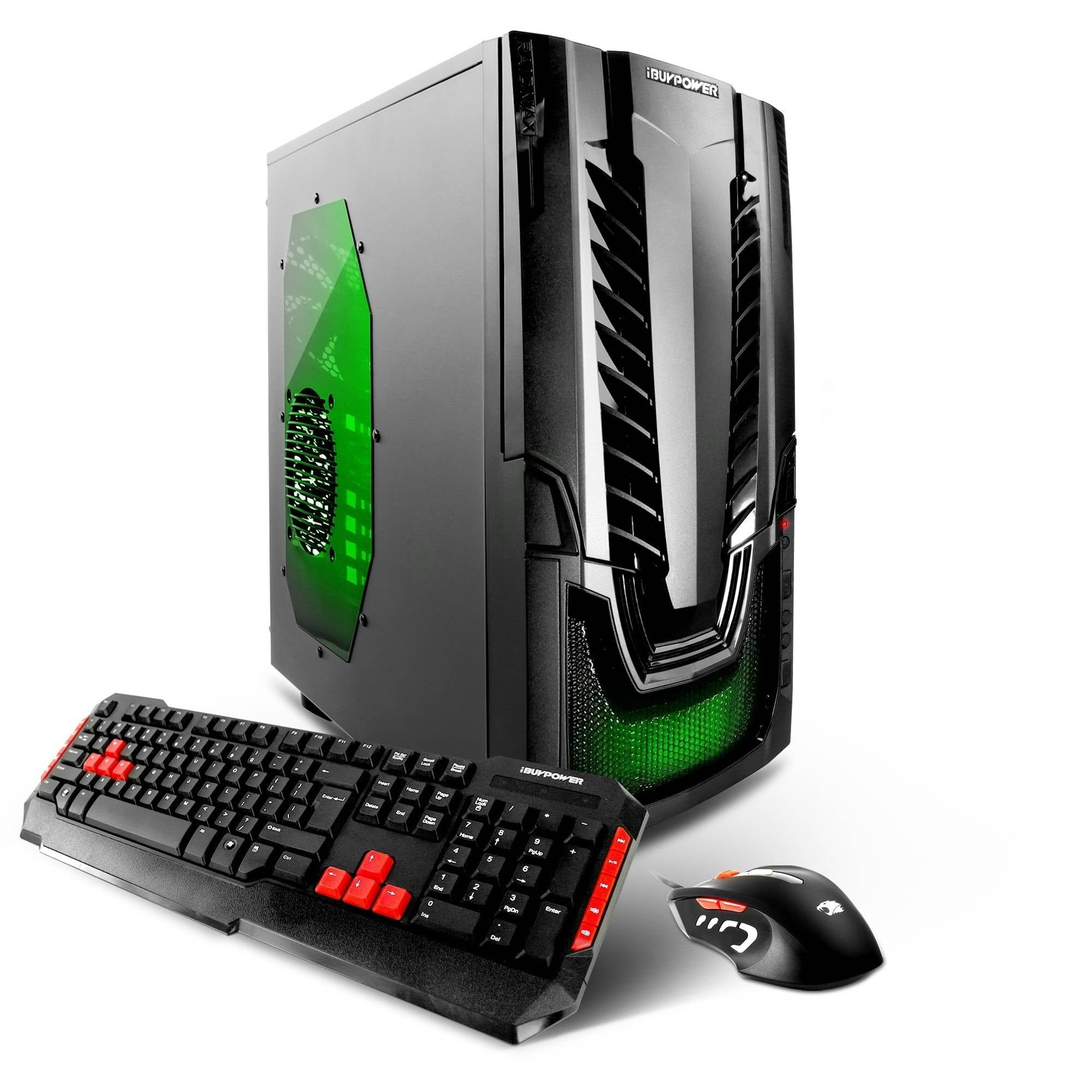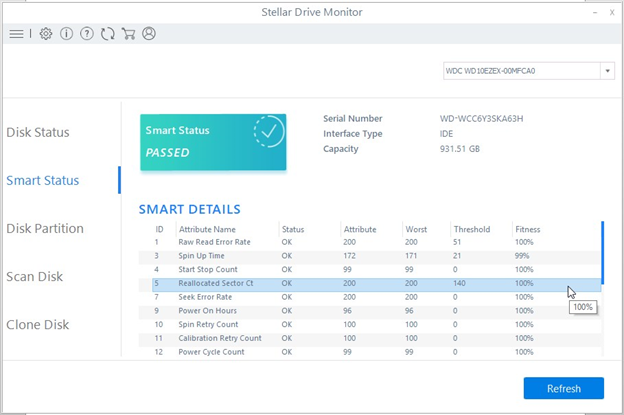

- Windows raid monitor install#
- Windows raid monitor 64 bits#
- Windows raid monitor software#
- Windows raid monitor plus#
If the IO size is 64 KB or smaller, then use the hardware manufacturer's disk service times (use 15 ms if the disk service times are unknown).

The larger the IO size, the longer the response times, but the more data can be transferred per second and vice versa. If there was no IO requests queued, then the disk has no work to do (not busy) and the performance of the disk can be considered good until it has work to do again.įinally, check the average IO sizes and response times of the outstanding requests. Keep in mind that the queue length alone doesn't determine if a disk is overwhelmed, but it does tell us if the disk has constant work to do. We are checking the queue length not because of the number of spindles, but because it means that the disk constantly has work to do. Disk Queue Length is a good choice because it calculates what the queue length might have been on average. The queue length can be quite erratic at times going from 0 to 1000 and back to 0 again in a quick succession, so the Avg. Disk Queue Length, % Idle Time, or % Disk Time. This can be done by monitoring the Current Disk Queue Length, Avg. Next, determine if the logical disks hosting the page files have outstanding IO requests by checking the queue length. Yes, as long as the necessary WMI interface (Dell OpenManage, HP Insight WBEM) is installed in the operating system, the EventSentry agent can detect and monitor the same RAID status, fan status, power supply status, and other hardware health and status indicators that are visible in the vendor's hardware status tools.Clint Huffman, in Windows Performance Analysis Field Guide, 2015 Are the disks overwhelmed?
Windows raid monitor software#
Once the first Server Monitoring data comes in, you will be able to open it up by clicking on your Uptime Monitor’s name: And then scroll down to the Disk Usage section in order to find the software RAID data: This is the place where our interface will display warning or danger indicators if your software RAID does not have a healthy.
Windows raid monitor plus#
fact is raid-5/6 has to read/write more than raid-10 so you have the overhead plus double read/writes. EventSentry can also detect the firmware versions of most hardware components. random writes in raid-5/6 are most painful because of the read/write issue to recompile the checksum/crcs.īenchmarks need to be real world - simple benchmarks dont deal with the random nature of your application use. When executed, WinRaidMonitor calls the standard Windows tool DISKPART in order to check the health of a given mirror/RAID. If EventSentry is capable of monitoring the hardware status but the necessary WMI interface is not installed, the EventSentry agent will generate event ID 12090 each time the agent starts, and the event will have the following text:ĮventSentry determined that the recommended management suite (""%1"") from the hardware manufacturer (%2) is either not installed or not currently running on this server.

WinRaidMonitor queries the health of a given RAID via the drive letter it is mapped to your system (such as C:), you have to provide this letter when you call the software. Without this software, EventSentry will not be able to alert you of critical hardware warnings and/or errors, such as a hard drive failure in a RAID. Monitoring and Managing Linux Software RAID. We have many computers (more than 50 PCs) running on RAID-1 and we would like to monitor RAID system status. Unfortunately, the only source to monitor a Windows-based software RAID is the built-in event log.
Windows raid monitor install#
Please visit the manufacturer's web site to obtain more information and install the recommended management suite. RAID is a set of algorithms for writing data blocks to disk devices. We dont want to use GUI applications to RAID array monitoring, what is needed is an automated way of accessing the status information.
Windows raid monitor 64 bits#
Our Environment is - Win7 64 bits - AIMB.


 0 kommentar(er)
0 kommentar(er)
